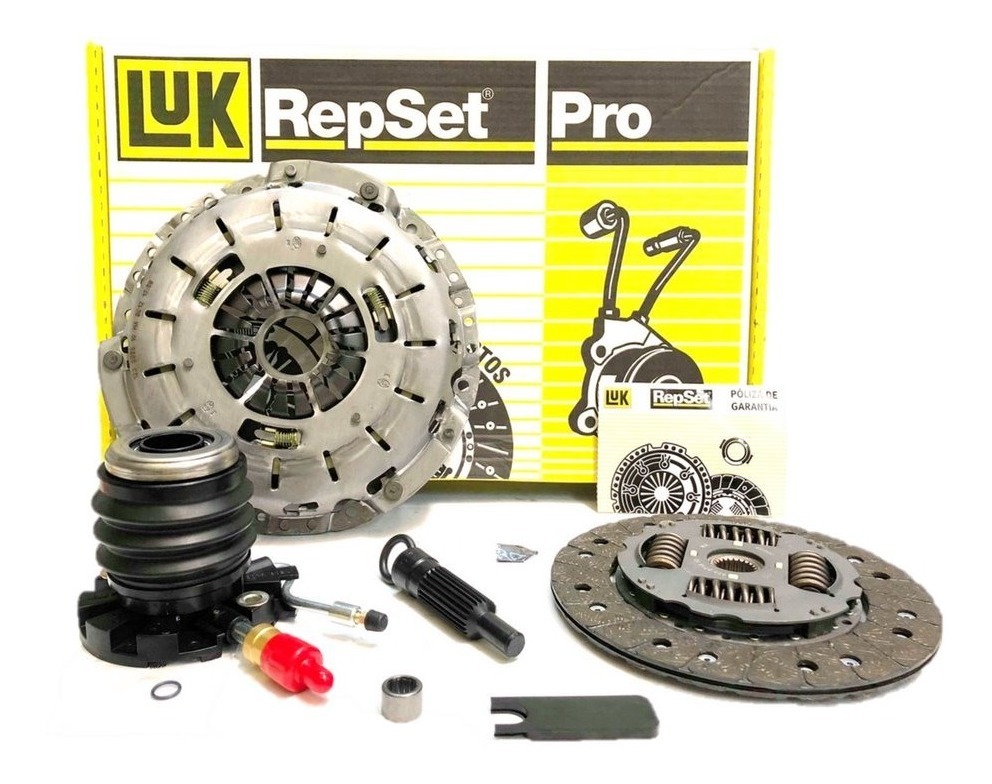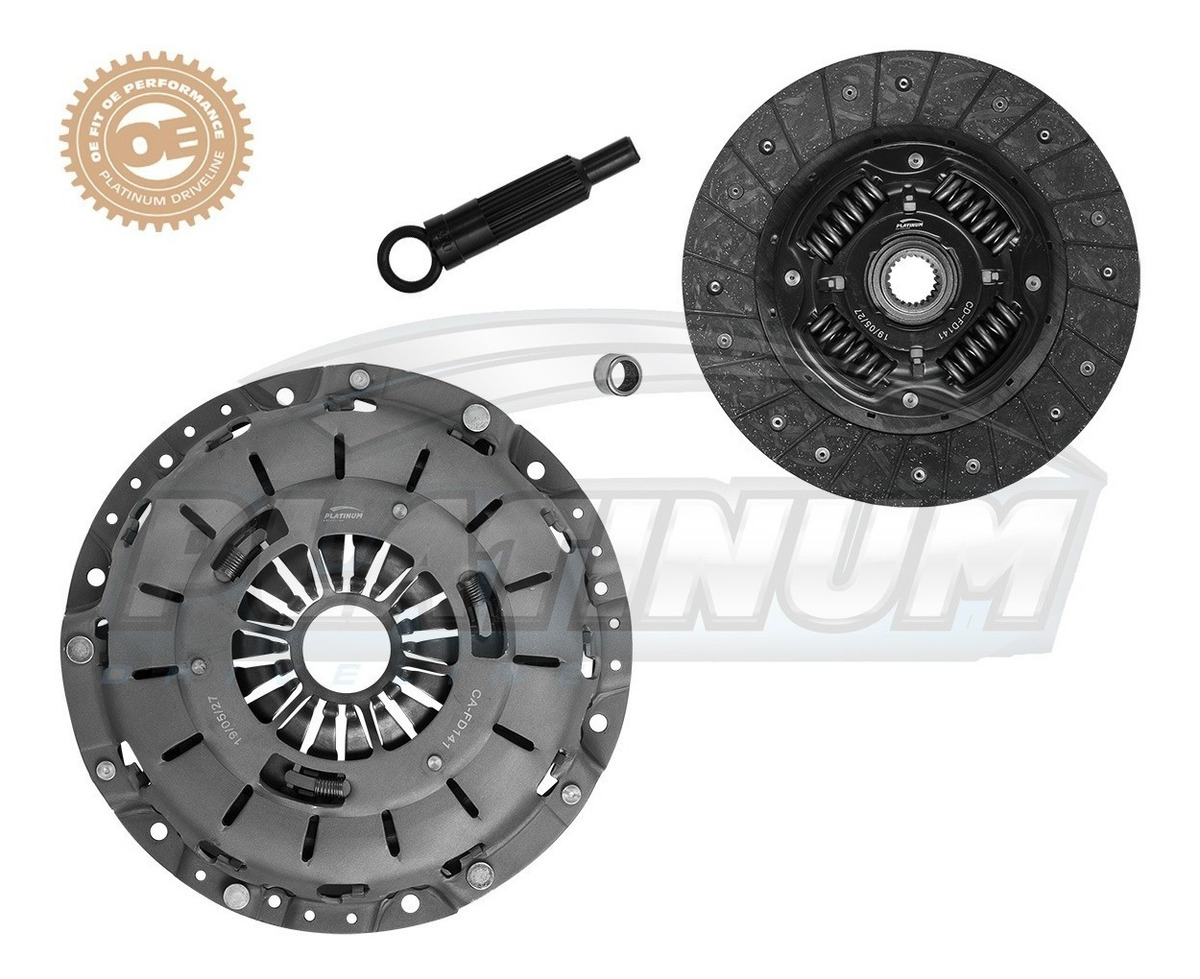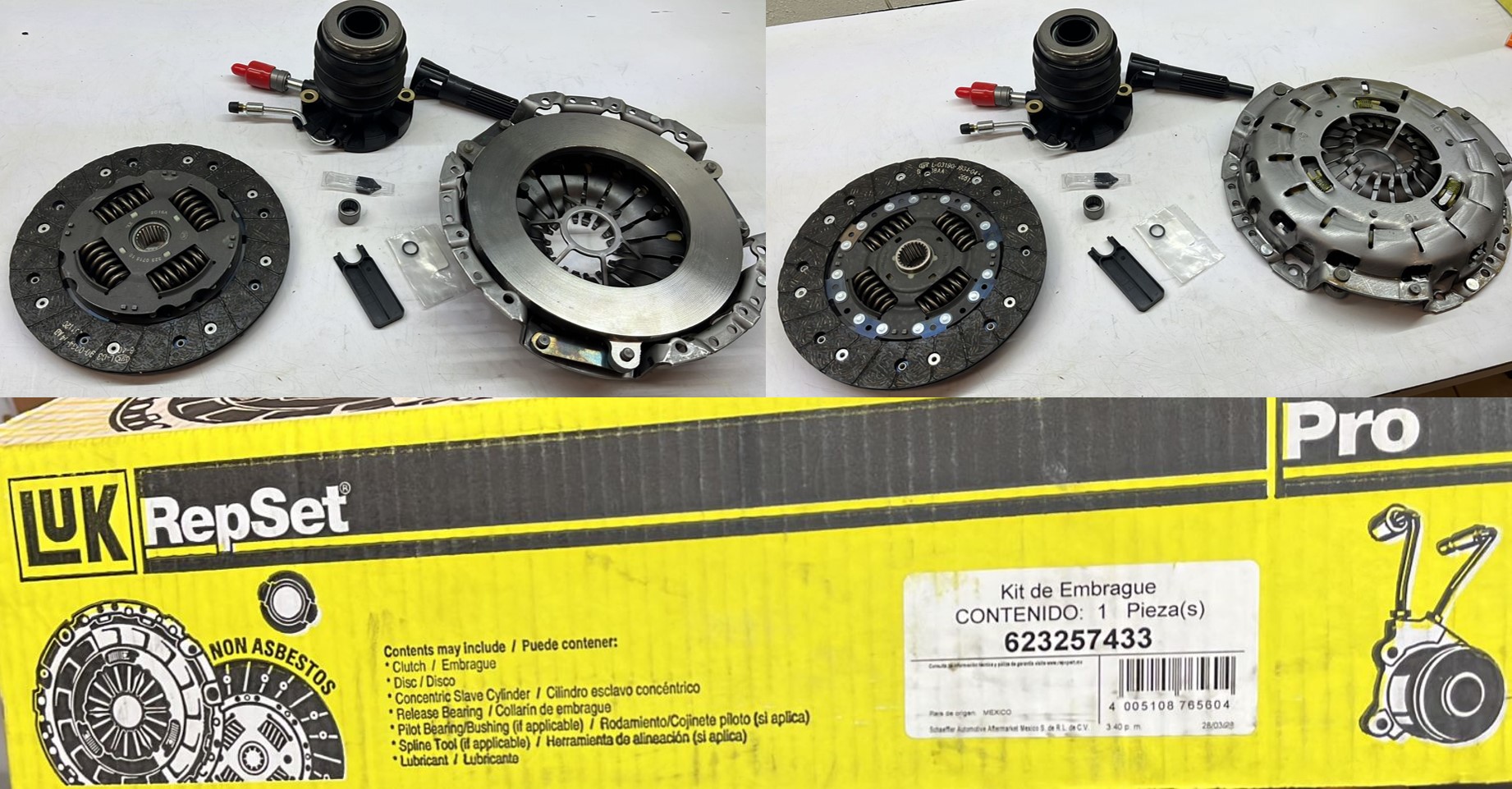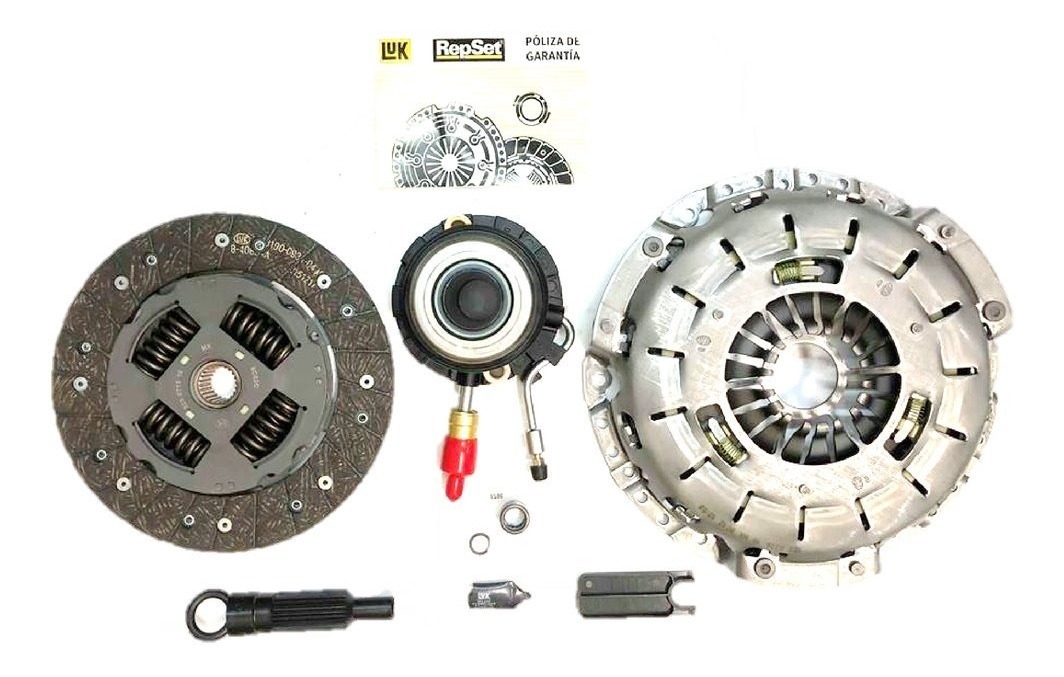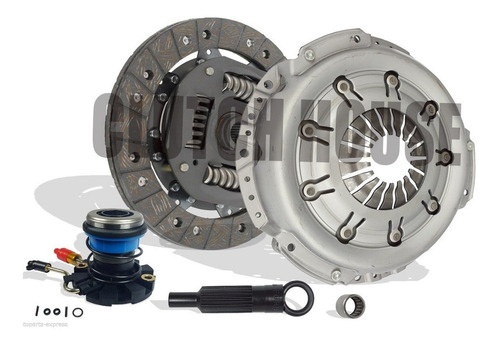1996 Ford Ranger Clutch Replacement

The 1996 Ford Ranger, a workhorse pickup truck known for its durability, is experiencing a surge in clutch replacement requests across independent repair shops, raising questions about component lifespan and owner maintenance practices.
This article examines the trend, exploring the potential factors driving increased clutch replacements in these aging vehicles and offering insights for owners and mechanics alike.
Clutch Replacements on the Rise
Automotive repair facilities nationwide report a noticeable uptick in service orders specifically targeting clutch replacements on 1996 Ford Rangers. The trend, while not officially tracked by any single organization, is anecdotal evidence gathered from various independent mechanics and parts suppliers.
The Ford Ranger, popular for its affordability and utility, remains a common sight on roads and work sites despite its age. But increasing age translates to parts wearing out.
Factors Contributing to Clutch Wear
Several factors potentially contribute to the observed rise in clutch replacements. Age is a primary consideration; a 28-year-old vehicle is expected to require component replacements due to normal wear and tear.
Driving habits also play a significant role. Drivers who frequently engage in stop-and-go traffic, tow heavy loads, or practice aggressive shifting patterns place increased stress on the clutch.
Clutch design and material properties also contribute. The Ranger's original clutch components, while durable for their time, may not withstand the demands of modern driving conditions or extended use beyond their expected lifespan.
Expert Opinions and Recommendations
"We're definitely seeing more '96 Rangers come in for clutch work," states John Davis, a seasoned mechanic at Davis Auto Repair. "It's usually a combination of age and how the truck has been driven."
He recommends that Ranger owners pay close attention to warning signs such as clutch slippage, difficulty shifting, or unusual noises when engaging the clutch. Ignoring these symptoms can lead to further damage and more costly repairs.
Another common issue with the older trucks is corrosion. In areas with high salt usage on roads, the cable that connects the pedal to the clutch can corrode and break. The best practice to prevent this is regular maintenance.
Impact on Owners and the Repair Industry
The increased demand for clutch replacements presents both challenges and opportunities. Owners face the financial burden of repairs, while repair shops experience increased workload and potential parts shortages.
Finding replacement parts for a 1996 vehicle can sometimes pose a challenge. Availability may be limited, requiring mechanics to source parts from aftermarket suppliers or used auto parts recyclers.
This also creates an opportunity for skilled mechanics and specialized repair shops. Garages with expertise in vintage vehicles and experience sourcing hard-to-find parts can capitalize on the trend by offering specialized services to Ford Ranger owners.
Preventative Maintenance and Longevity
Extending the life of a Ford Ranger's clutch requires proactive maintenance. Regular inspections, fluid checks, and adopting conservative driving habits can all contribute to clutch longevity.
Avoiding unnecessary idling, minimizing heavy towing, and practicing smooth shifting techniques can reduce stress on the clutch components.
Proper maintenance not only extends the life of the clutch but also improves overall vehicle performance and fuel efficiency.
Conclusion
The reported increase in 1996 Ford Ranger clutch replacements is a complex issue driven by age, driving habits, and component design. While repair costs are unavoidable, owners can mitigate future issues through proactive maintenance and careful driving practices.
For mechanics, this trend presents both challenges and opportunities, requiring them to adapt to the needs of an aging vehicle population.
Ultimately, understanding the factors contributing to clutch wear and implementing preventative measures will ensure that these reliable trucks remain on the road for years to come.

